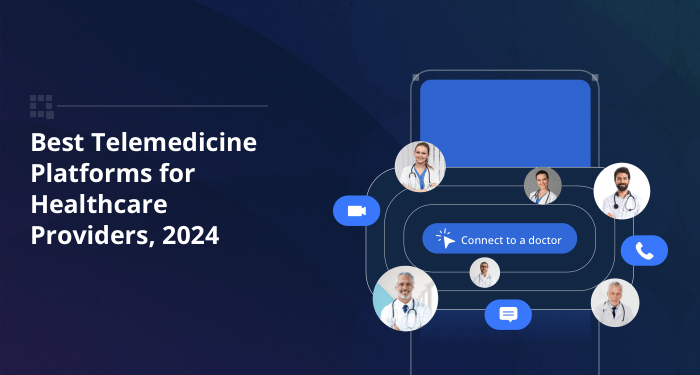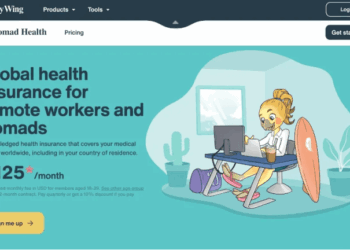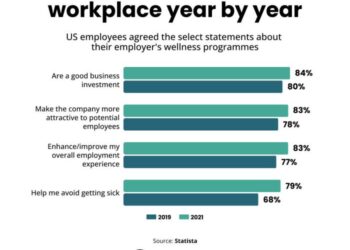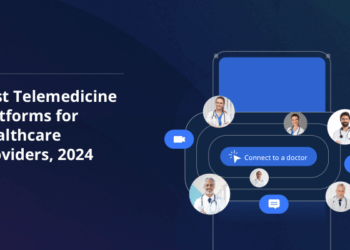Exploring the world of telehealth platforms tailored for global patients unveils a realm of innovative solutions and convenience. From bridging language barriers to prioritizing data security, these platforms revolutionize healthcare accessibility on a global scale. Let's delve into the intricacies of the top telehealth platforms designed to cater to the diverse needs of patients worldwide.
Top telehealth platforms for global patients
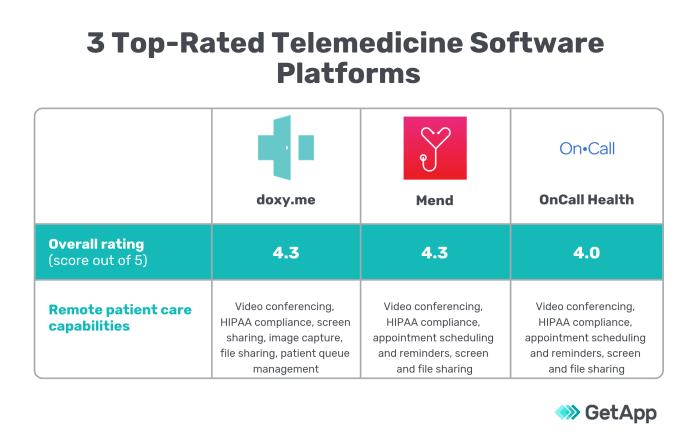
Telehealth platforms have revolutionized the way patients access healthcare services, especially for those located in different parts of the world. These platforms offer a wide range of features to cater to the needs of global patients, providing convenience and quality care at their fingertips.
1. Teladoc
Teladoc is a leading telehealth platform that connects patients with board-certified doctors, therapists, and specialists through video visits. Key features include 24/7 access to healthcare professionals, prescription delivery, and the ability to schedule appointments at any time. Teladoc caters to global patients by offering multilingual support and ensuring compliance with international regulations.
2. Doctor on Demand
Doctor on Demand is another popular telehealth platform that provides video visits with licensed physicians, psychiatrists, and psychologists. Patients can receive treatment for a wide range of conditions, including mental health issues, without having to leave their homes. The platform caters to global patients by offering flexible appointment scheduling and secure access to medical records.
3. Amwell
Amwell is a telehealth platform that offers video visits with healthcare providers, including doctors, therapists, and nutritionists. Patients can receive personalized care for various medical concerns, such as chronic conditions and acute illnesses. Amwell caters to global patients by providing a user-friendly interface and ensuring data privacy and security for international users.
4. Babylon Health
Babylon Health is a telehealth platform that uses artificial intelligence to provide virtual consultations with healthcare professionals. Patients can receive immediate medical advice, symptom checking, and prescription services through the platform. Babylon Health caters to global patients by offering round-the-clock support and seamless integration with existing healthcare systems worldwide.
Accessibility and ease of use

Accessibility and ease of use are crucial factors when it comes to telehealth platforms for global patients. These platforms need to be user-friendly and easy to navigate to ensure a seamless experience for patients seeking medical advice and treatment online.
Accessibility features
Telehealth platforms often offer a range of accessibility features to cater to patients with different needs. These may include language translation services, text-to-speech capabilities, and closed captioning for individuals with hearing impairments. By providing these features, telehealth platforms ensure that patients from diverse backgrounds can access healthcare services without any barriers.
User-friendly interfaces
User-friendly interfaces play a significant role in enhancing the patient experience on telehealth platforms. Intuitive design, clear navigation menus, and easily accessible information contribute to a positive user experience. Patients should be able to schedule appointments, communicate with healthcare providers, and access their medical records effortlessly to make the most of telehealth services.
Comparison of ease of use
When comparing different telehealth platforms, the ease of use can vary significantly. Some platforms may have complex interfaces that require a learning curve, while others are designed with simplicity in mind. Factors such as mobile responsiveness, loading times, and overall user experience can impact how easy it is for patients to engage with the platform.
It is essential for telehealth providers to prioritize user-friendly design to ensure that patients can access care conveniently and efficiently.
Multilingual support
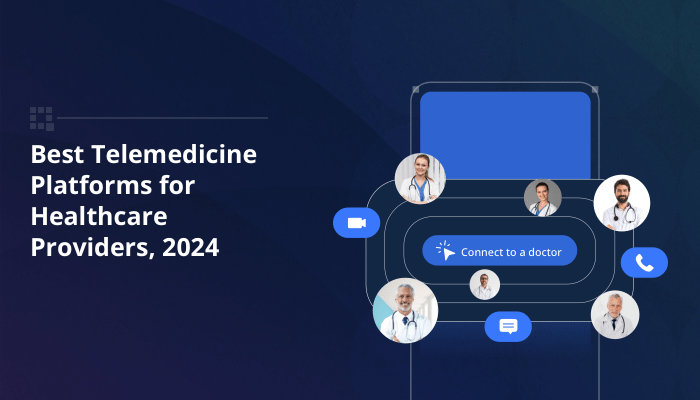
Multilingual support in telehealth platforms is crucial for providing access to healthcare services for global patients who may not speak the same language as their healthcare providers. It helps in breaking down language barriers and ensuring effective communication between patients and healthcare professionals.
Examples of platforms offering multilingual capabilities
- 1. Teladoc: Teladoc offers support in multiple languages including Spanish, French, and Mandarin, among others, to cater to a diverse patient population.
- 2. Doctor on Demand: This platform provides multilingual support in languages such as Spanish, Chinese, and Vietnamese to help patients communicate with their doctors effectively.
- 3. Amwell: Amwell offers interpretation services in over 200 languages to ensure that patients from different parts of the world can access healthcare services without facing language barriers.
How language barriers are overcome through these features
By incorporating multilingual support, telehealth platforms enable patients to communicate with healthcare providers in their preferred language, making the consultation process more comfortable and effective. This feature not only enhances the patient experience but also ensures that patients receive accurate medical advice and information without any misunderstandings due to language differences.
Security and privacy measures
When it comes to telehealth platforms for global patients, security and privacy are of utmost importance. These platforms implement various protocols to protect patients' data and ensure confidentiality throughout the healthcare process.
Security Protocols
- Encryption: Telehealth platforms use encryption technology to secure data transmission between patients and healthcare providers.
- Access Control: Strict access control measures are put in place to ensure only authorized personnel can view patient information.
- Regular Audits: Platforms conduct regular security audits to identify and address any vulnerabilities in their systems.
Patient Privacy and Confidentiality
- Consent Management: Patients' consent is obtained before sharing any personal information, ensuring their privacy is respected.
- Data Storage: Platforms store patient data in secure servers with stringent access controls to prevent unauthorized access.
- Confidentiality Agreements: Healthcare providers on these platforms are bound by confidentiality agreements to protect patient information.
Comparison of Security Measures
| Platform | Security Measures |
|---|---|
| Platform A | Uses end-to-end encryption, regular security audits, and two-factor authentication for enhanced security. |
| Platform B | Implements strict access control, data encryption, and compliance with industry security standards. |
| Platform C | Utilizes secure data storage, encrypted communication channels, and authentication mechanisms for data protection. |
Last Word
In conclusion, the landscape of telehealth platforms for global patients offers a blend of cutting-edge technology and patient-centric care. Navigating through the array of features and functionalities, these platforms stand as pillars of support for individuals seeking quality healthcare services beyond geographical boundaries.
Embracing the digital era, these top telehealth platforms redefine the concept of healthcare accessibility for a global audience.
FAQ Compilation
How do telehealth platforms ensure patient privacy?
Telehealth platforms implement encryption protocols and stringent access controls to safeguard patient data, ensuring confidentiality and privacy.
Which telehealth platform offers the most extensive multilingual support?
Platform X is renowned for its robust multilingual capabilities, seamlessly catering to patients speaking diverse languages.
Are telehealth platforms user-friendly for elderly patients?
Many telehealth platforms feature intuitive interfaces and simplified navigation to accommodate elderly patients, enhancing their user experience.

